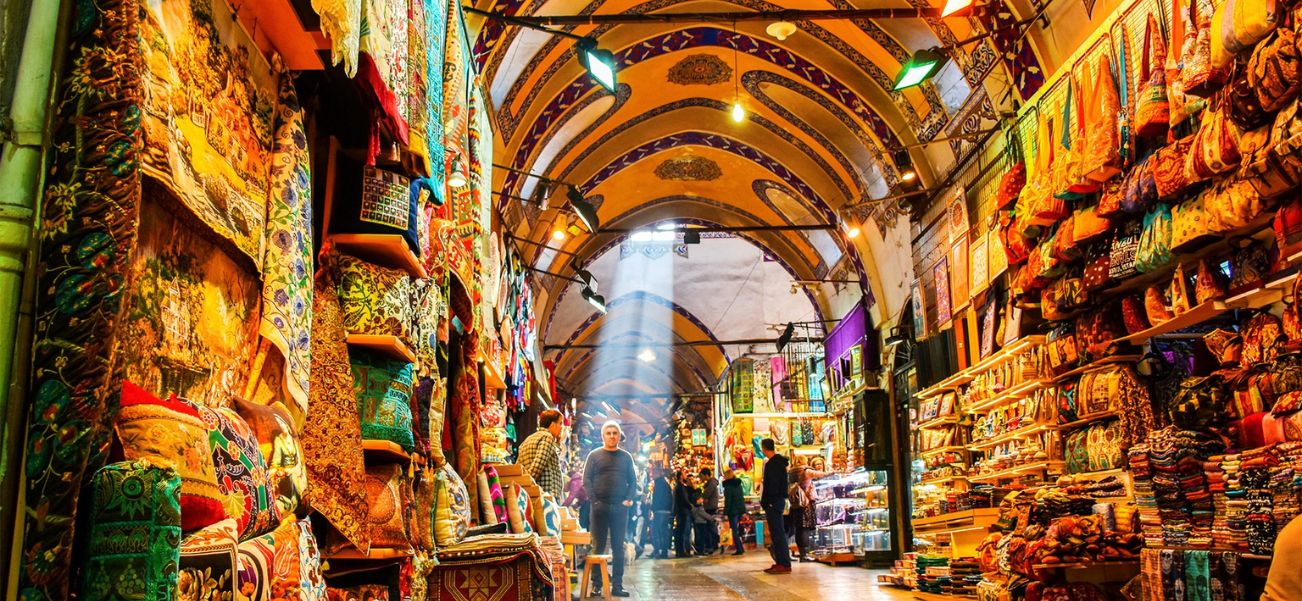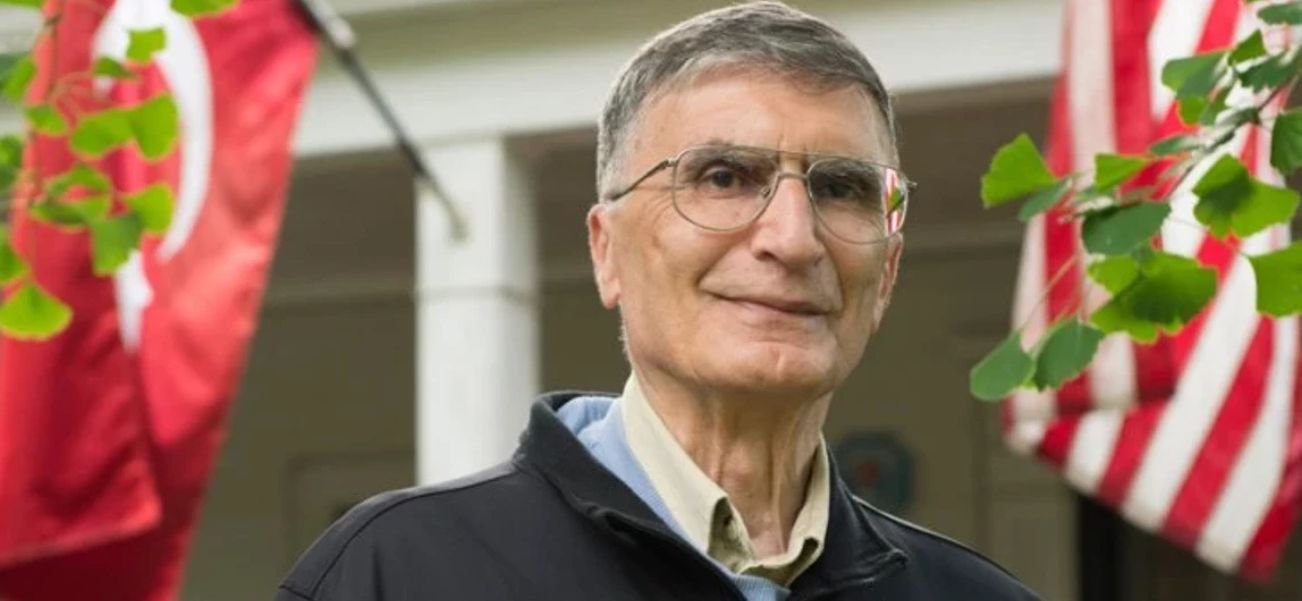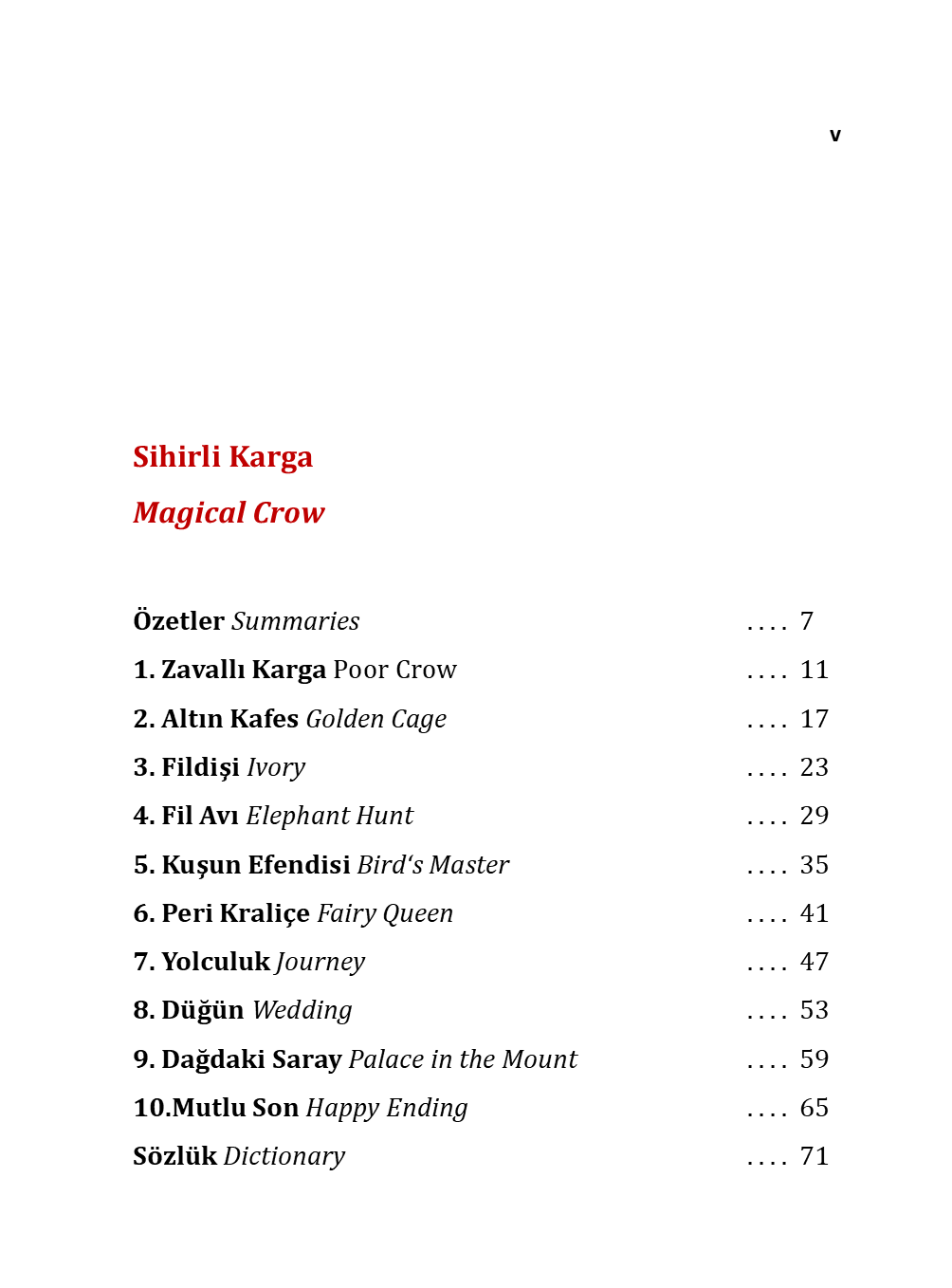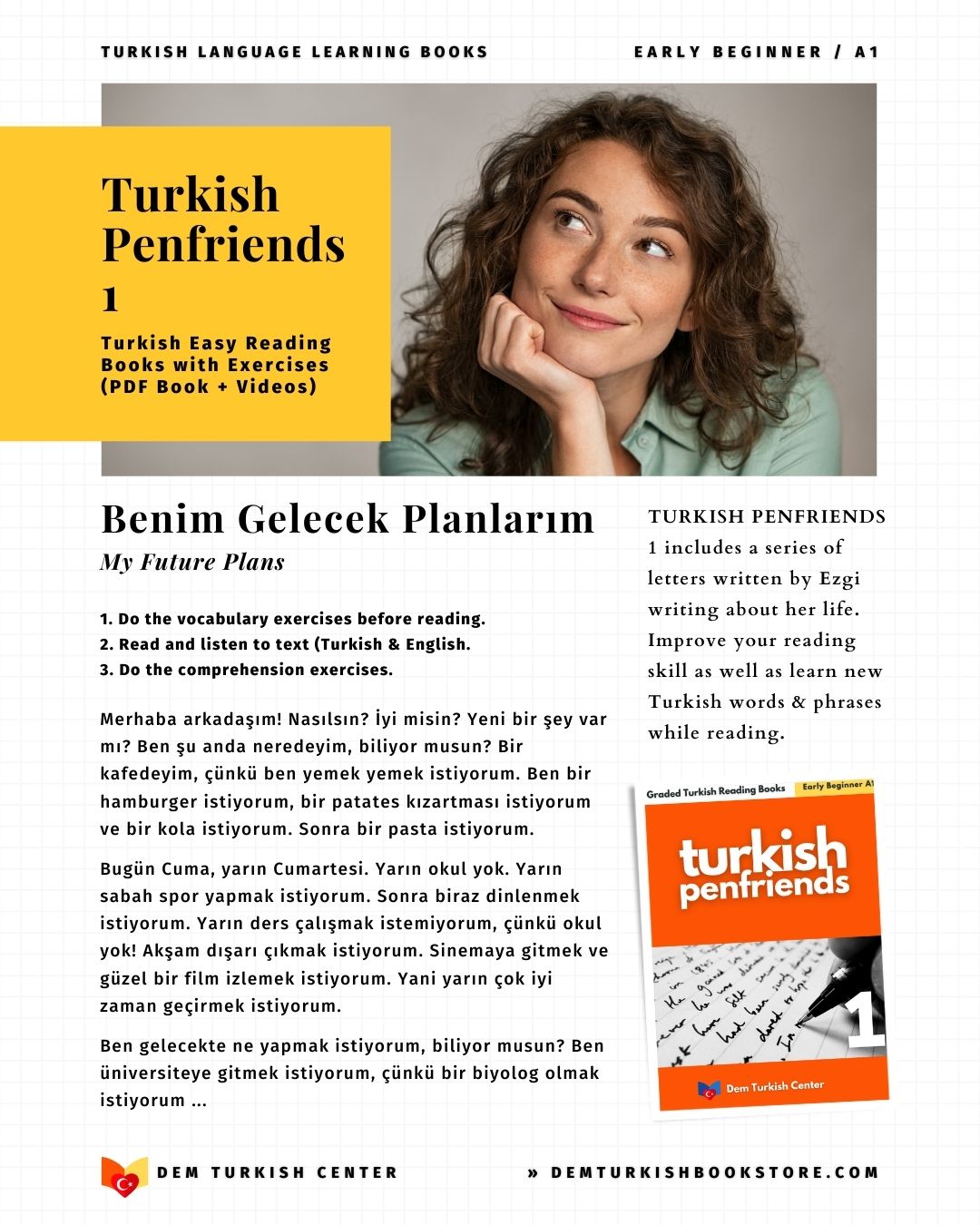10 Famous Turkish Artists and Their Works That Inspired the World
From the mystical whirling dervishes of the Ottoman era to the poignant scenes of modern Anatolia, Turkish painters have crafted a visual legacy that resonates across continents. Their art is a powerful bridge between East and West, weaving together rich cultural heritage with bold, contemporary vision.
These masters have not only shaped the identity of Turkish art but have also left an indelible mark on the global stage, inspiring generations with their unique perspectives and technical brilliance. Join us as we explore 10 world-famous Turkish painters and the iconic works that captured the world’s imagination.
TOP 10 WORLD-FAMOUS TURKISH PAINTERS AND THEIR ICONIC WORKS
Recommended video: A modern Turkish artists who turns trash into treasures:
Osman Hamdi Bey (1842-1910)

Osman Hamdi Bey stands as a monumental figure who fundamentally reshaped Turkish art. A painter, archaeologist, and intellectual, he broke from the Ottoman tradition of miniature painting to create a powerful, narrative-driven style. His greatest masterpieces, such as "The Tortoise Trainer" and "Girl Reading the Quran," are meticulously composed scenes that offer a profound glimpse into late-Ottoman society. Far from mere documentation, his work is rich with symbolism, often questioning tradition and exploring the nuances of cultural change.
Beyond his canvas, his legacy is cemented as the founder of the Istanbul Archaeological Museums and the Istanbul Academy of Fine Arts (now Mimar Sinan University). In both roles, he championed the preservation of cultural heritage while simultaneously planting the seeds for Western-style art education in Turkey, making him a true architect of the nation's modern cultural identity.
"The Tortoise Trainer" by Osman Hamdi Bey

In Osman Hamdi Bey's iconic "The Tortoise Trainer," a solitary dervish patiently attempts to guide slow-moving tortoises by a lantern's glow. Rich in symbolism, the painting is often interpreted as a poignant commentary on the challenges of reforming a traditional society resistant to change and rapid progress.
Podcast: Osman Hamdi Bey - The Ottoman Painter Who Founded Istanbul's Archaeology Museums
Recommended reading: Istanbul Archaeological Museums: A Portal to Ancient Civilizations
Nuri İyem (1915-2005)

Nuri İyem was a pivotal figure in modern Turkish art, whose work was forever anchored in the human condition. A founding member of the "The Newcomers", he championed a social-realist approach, turning his brush toward the forgotten faces of Anatolia. His most enduring subjects are his iconic portraits of Anatolian women.
With their large, expressive eyes, elongated features, and quiet dignity, these women are not just individuals but symbols of a resilient, timeless culture. Through his distinctive figurative style and profound empathy, İyem created a powerful and poetic visual archive of the Turkish people.
"Three Graces" by Nuri İyem

Nuri İyem's "Three Graces" reinterprets the classical theme through a distinctly Anatolian lens. The painting features three peasant women, their elongated forms and large, melancholic eyes embodying a quiet, timeless dignity. İyem transforms these anonymous figures into icons of beauty and resilience, celebrating the enduring spirit of the Turkish people.
Fikret Mualla (1903- 1967)

Fikret Mualla was a tormented genius whose art blazed with the vibrant colors and rhythmic energy of a life lived on the edge. An exile in Paris, he poured his loneliness, passion, and struggles with addiction into his paintings. His scenes of Montmartre cafes, circus performers, and bustling harbors are not mere depictions but emotional landscapes, rendered with a frantic, expressive line and a Fauvist-inspired palette.
Despite his personal turmoil, his work possesses a childlike whimsy and a profound, aching poetry. Today, Mualla is celebrated as a quintessential "maudit" artist, whose chaotic brilliance left an indelible mark on modern Turkish art.
"The Jazz Band" by Fikret Mualla

Fikret Mualla's "The Jazz Band" vibrates with the raw energy of his Parisian exile. His frantic, expressive lines and fiery palette capture the improvisational soul of jazz. The musicians, almost merging with their instruments, embody a frenetic, melancholic rhythm, mirroring the artist's own tumultuous inner world and passionate spirit.
Mihri Müşfik Hanım (1886-1954)

Often called Turkey's first modern woman painter, Mihri Müşfik Hanım was a trailblazer who defied convention. A gifted portraitist, she captured the intellectual and political elite of the late Ottoman era with remarkable psychological depth and a vibrant, expressive style.
Her legacy is twofold: as a formidable artistic talent, she became the first woman to teach at the Istanbul Academy of Fine Arts, shaping future generations. As a bold, independent figure, she lived a life of extraordinary freedom, moving between Istanbul, Rome, and Paris. Mihri Hanım not only painted a changing society but embodied its modern, progressive spirit.
"Veiled Woman" by Mihri Müşfik Hanım

Mihri Müşfik Hanım's "Veiled Woman" masterfully blends tradition with modernity. While the subject wears a traditional ferace, her direct, confident gaze challenges the viewer. The artist's bold, loose brushstrokes and focus on individual personality transform the portrait, making it a powerful statement on female identity in a transitioning society.
Abidin Dino (1913-1993)

Abidin Dino was a visionary Turkish artist whose work transcended the canvas to become a voice for humanity. Co-founding the influential "D Group," his early work was boldly avant-garde. However, it was his powerful, elongated figures—most famously his iconic "Hands" series—that captured global attention. More than just forms, these hands told stories of labor, struggle, and hope, rendered with profound empathy.
Exiled for his political views, Dino's art remained deeply connected to the people, blending social commentary with a unique, expressive line. His legacy is a poignant and universal portrait of the human condition, securing his place as a giant of modern Turkish art.
"Long March" by Abidin Dino

Abidin Dino's "Long March" is a powerful, somber depiction of human endurance. His signature elongated figures trudge forward in a weary procession, their forms conveying both collective struggle and individual exhaustion. The painting serves as a timeless metaphor for displacement, resilience, and the arduous journeys people are forced to undertake.
İbrahim Çallı (1882-1960)

İbrahim Çallı stands as a legendary patriarch of Turkish painting, lending his name to an entire generation—the "Çallı Generation." A master of impressionistic brushwork, he brought a vibrant, light-filled sensibility to Turkish art. His diverse subjects ranged from elegant portraits of Istanbul's bourgeoisie and luminous nudes to poignant depictions of the Turkish War of Independence.
Çallı’s dynamic, expressive technique captured both the grace of a changing society and the fervor of a nation in struggle. As a revered teacher at the Academy of Fine Arts, he profoundly influenced decades of artists, leaving an indelible mark on the country's artistic identity.
"Üsküdar" by İbrahim Çallı

In İbrahim Çallı's "Üsküdar," the iconic Istanbul district is bathed in the warm, fleeting light of Impressionism. His lively, textured brushstrokes capture the shimmering beauty of the Bosphorus shoreline and its historic mosques. The painting is not a detailed map, but a lyrical and emotional portrait of a beloved cityscape.
İbrahim Balaban (1921-2019)


İbrahim Balaban was a self-taught artistic force who gave voice to the Anatolian peasant. A former inmate, his life was transformed by meeting the poet Nazım Hikmet in prison, who mentored him. Balaban’s powerful, monumental figures are rooted in the earth, depicting villagers at work and in ritual with a profound, almost mystical, simplicity. His style evolved from a stark, social realist narrative to a more symbolic and philosophical language, often exploring humanist themes and the cyclical relationship between humanity and nature. Celebrated as the "Peasant Painter," he created an enduring epic of rural Turkish life.
Devrim Erbil (1937-)

Devrim Erbil's art is a lyrical, aerial ode to the landscapes and cities of Turkey. Instantly recognizable for his intricate, rhythmic patterns, his work transforms the familiar—the Bosphorus, Istanbul's skyline, Anatolian plains—into mesmerizing tapestries of line and color. Drawing from traditional motifs and a touch of magical realism, Erbil creates a unique visual poetry.
His paintings are not mere representations but symphonies, where repeating forms of birds, trees, and minarets evoke a sense of timeless harmony and perpetual motion. A revered teacher and academic, Erbil has forged a singular style that captures the soul of a place through its pulsating, rhythmic essence.
Mustafa Ayaz (1938-)

Mustafa Ayaz is a master of figurative art whose dynamic and expressive paintings capture the complexities of contemporary life. Blending realism with bold, sometimes surreal, elements, his work is known for its vibrant color palette and masterful technique. Ayaz's diverse subjects range from poignant portraits and bustling social scenes to powerful nudes and imaginative compositions.
A prolific and celebrated artist, he has built a monumental body of work that reflects both a deep observation of human psychology and a critical, often witty, commentary on society. His legacy is cemented as one of Turkey's most influential and recognized modern painters.
Hale Asaf (1905-1938)

Hale Asaf stands as a poignant and pioneering figure in early Turkish modernism, whose brilliant career was tragically cut short. As one of the first Turkish women to pursue art education in Europe, she developed a distinctive style that blended Post-Impressionist color with a refined, almost delicate, approach to form.
Her portraits, still lifes, and Istanbul landscapes are characterized by their subtle palette and elegant, simplified lines. Despite a life marred by illness and personal struggle, Asaf exhibited alongside greats like Mihri Müşfik Hanım. Her small but refined body of work secures her legacy as a groundbreaking and uniquely sensitive artist.
Şeker Ahmet Paşa (1841-1907)

Şeker Ahmet Paşa is revered as a pioneering force who bridged Ottoman art with European traditions. As one of the first Turkish artists to receive formal training in Paris, he introduced plein air painting and the techniques of the Barbizon school to Istanbul. His masterpieces are serene, meticulously composed forest interiors and still lifes, often showcasing game birds or lush fruit.
Unlike his contemporaries, he captured nature not as background, but as the sole subject, emphasizing quiet realism and tonal harmony. By founding one of the first art exhibitions in the Ottoman Empire, he fundamentally elevated the status of painting in Turkish society.
Who is your favorite Turkish artist?
Are you learning Turkish? Visit DemTurkishBookstore.com, download courses and lessons and learn Turkish yourself!













